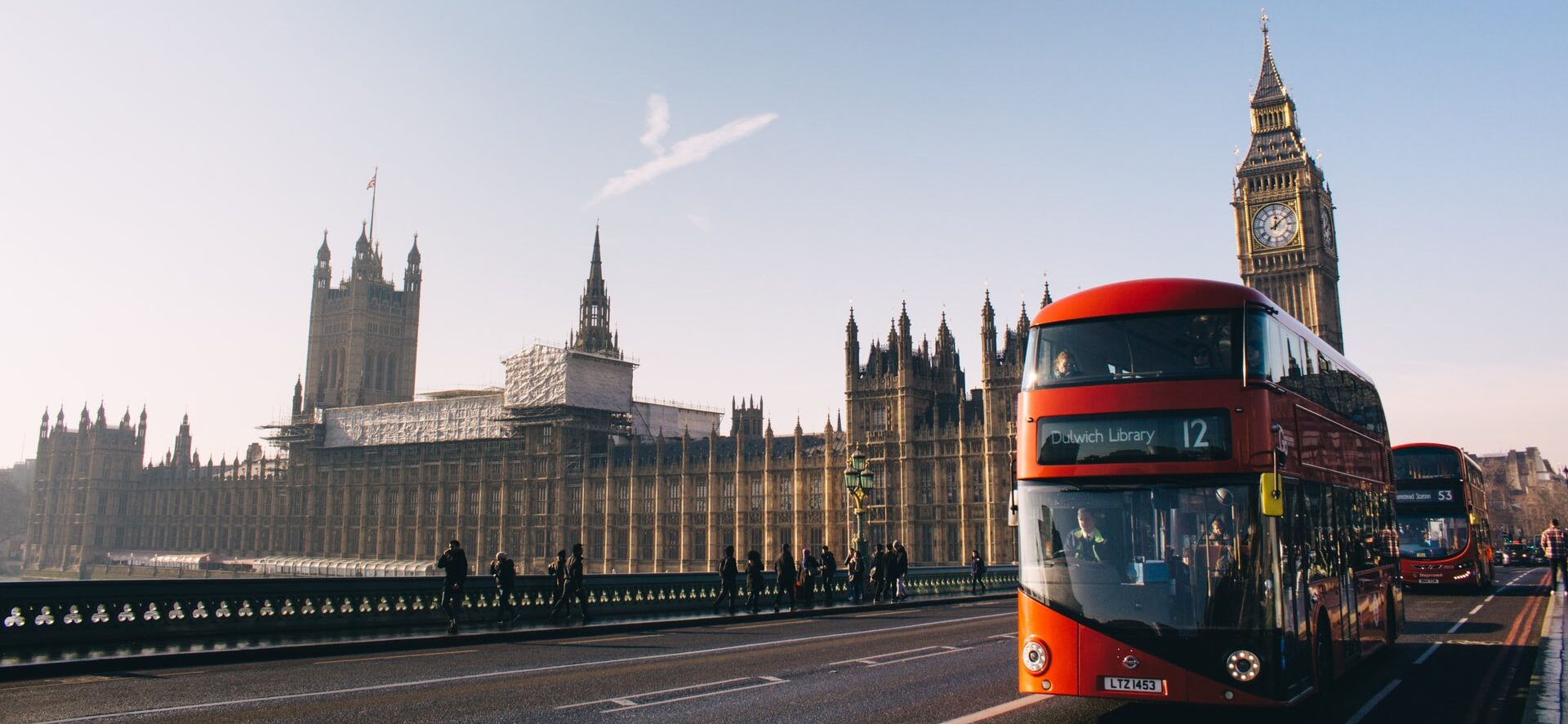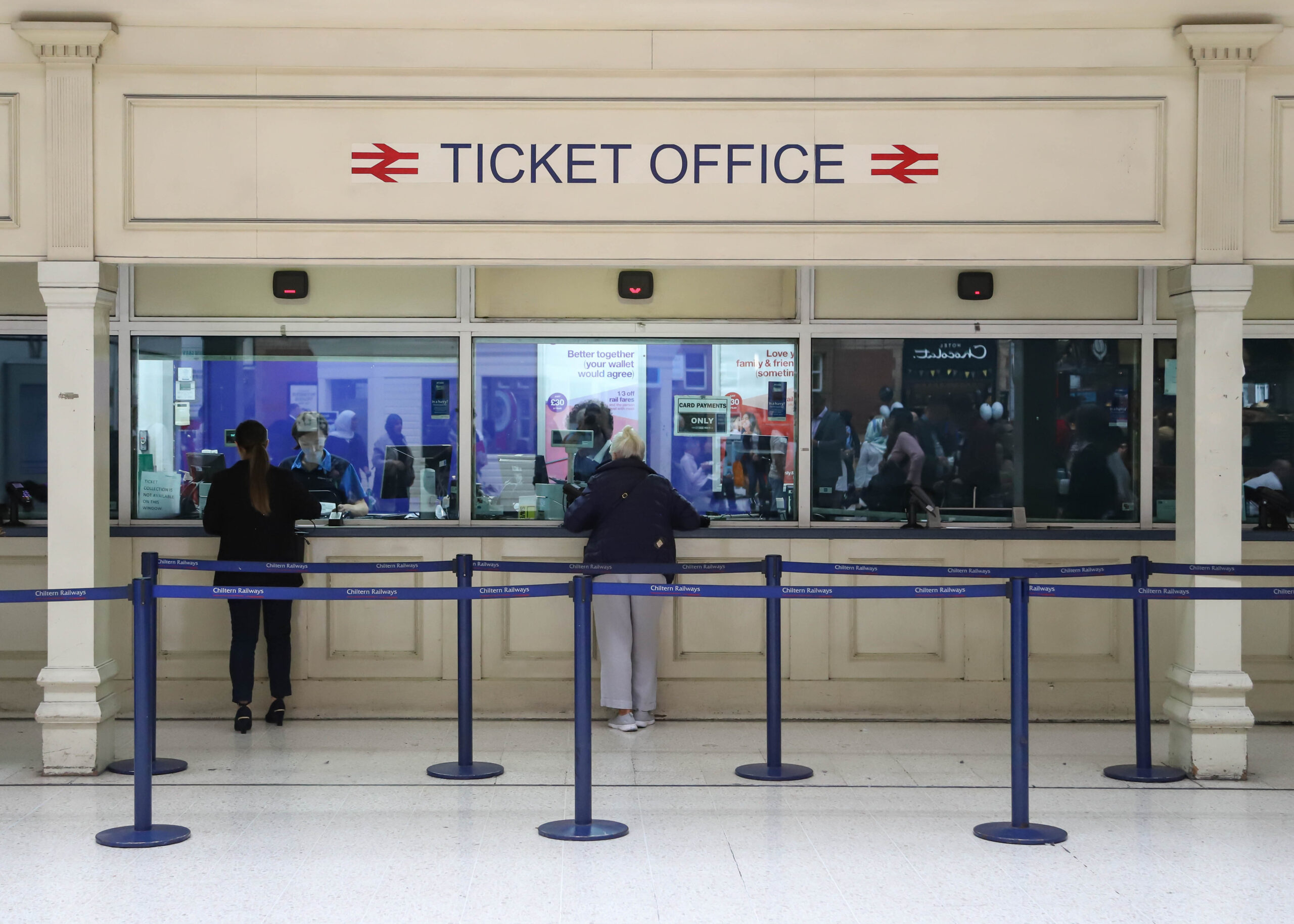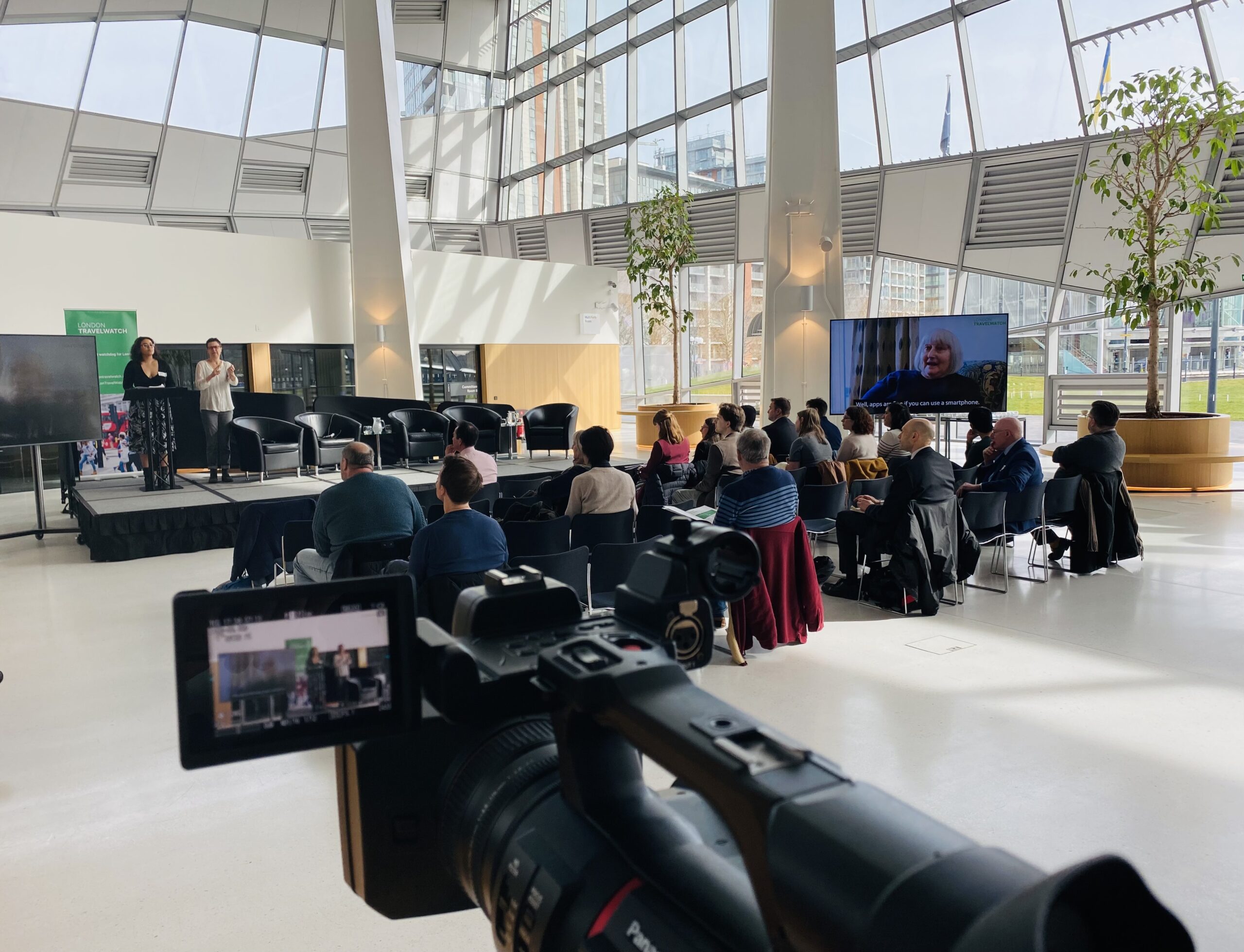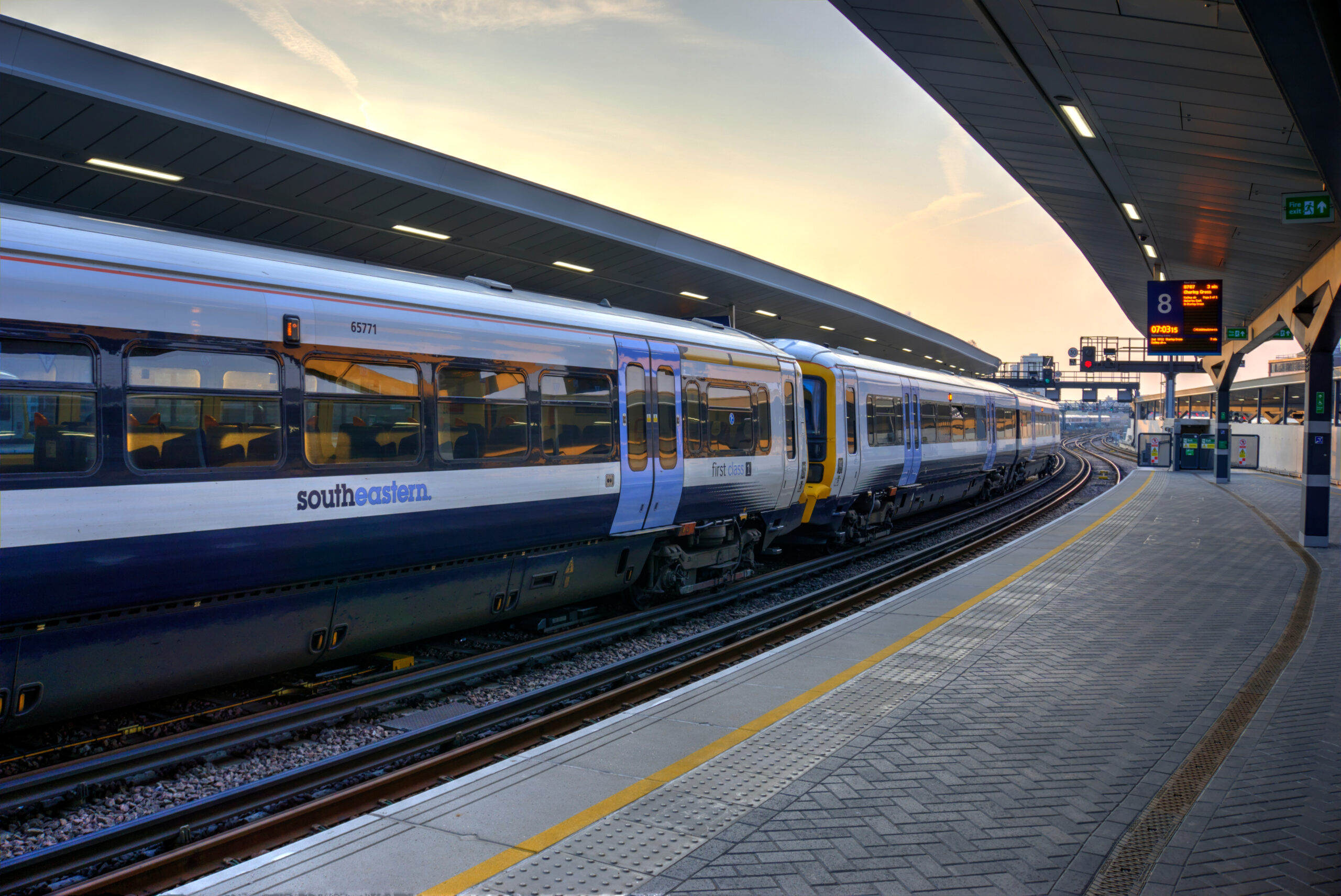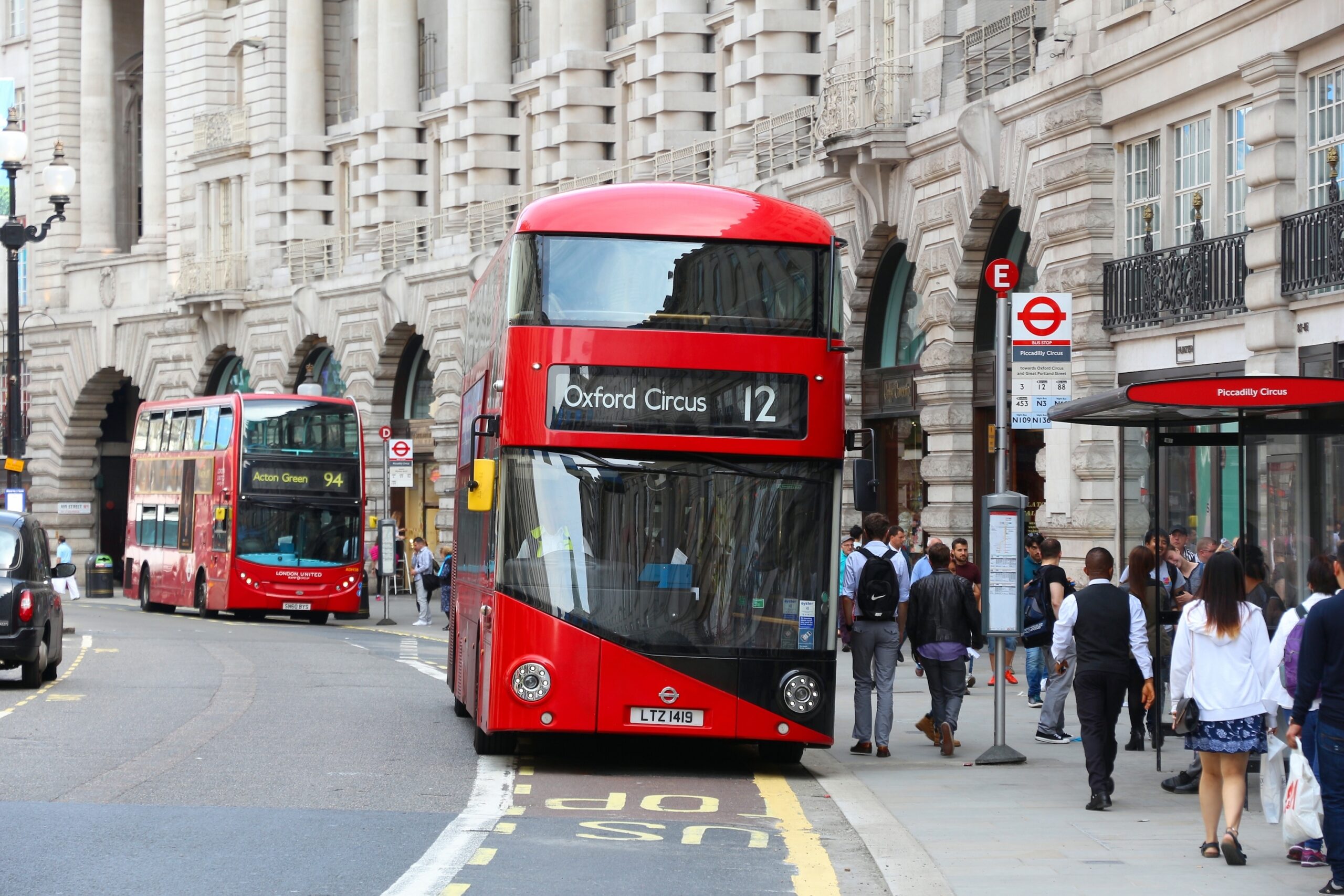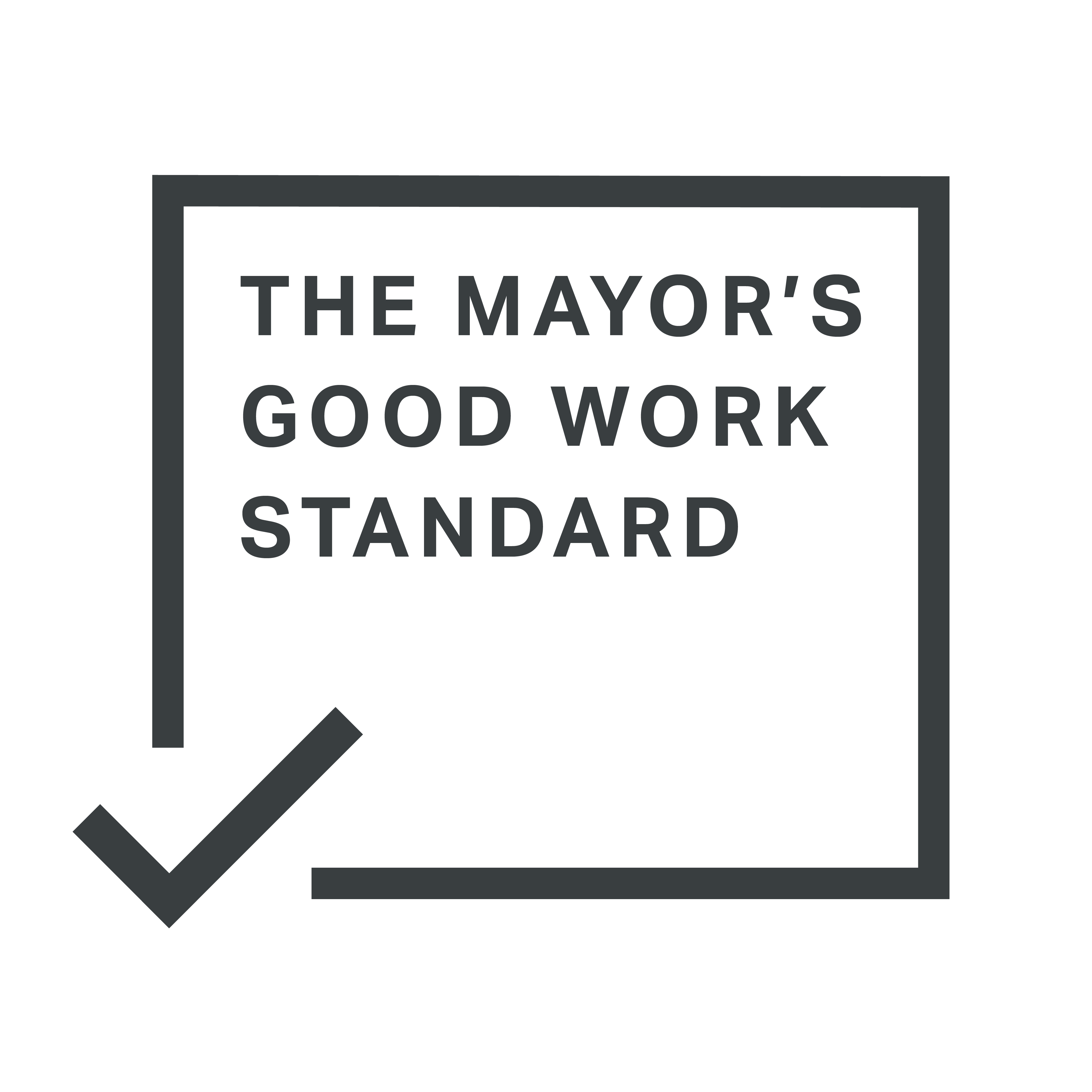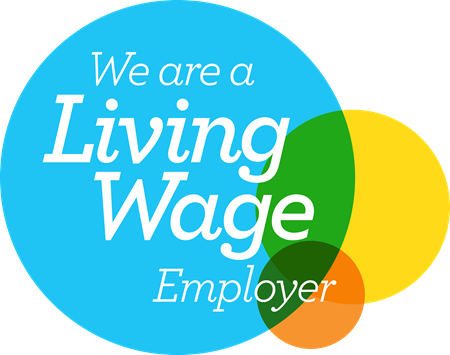16 September 2020
This week marks six months since the country went into lockdown, with the call from the Prime Minister for everyone who can to work from home, the shutdown of non-essential shops, schools and universities and the introduction of social distancing. A pre-Covid world seems so long ago and there are many aspects of life which may never be the same. Below we look at some of the changes and speculate about what this might mean for the future, where commuting patterns and day to day journeys may look very different, with more homeworking and an emphasis on doing more locally.
Early signs
Once it became clear that the Covid crisis would last far longer than the three months initially floated by the Prime Minister as we entered lockdown, there was also a realisation that many of the funding models based on assumptions and predictions about how people travel in London were going to come under pressure. Over the past 20 years we had become used to an ever-growing commuter market with a need to constantly grow and improve services. But with such dramatic falls in demand, the current model of running and funding National Rail services immediately came under strain and the Government was forced to step in. And the fragility of TfL’s funding model was demonstrated when they had to seek a bailout from the Government as Tube and bus usage fell to under 5% and under 20% of usual volumes respectively.
As car use also fell dramatically, accompanied by an increase in walking and cycling and the need to socially distance, many of those involved with shaping and making decisions about London transport saw an opportunity to realign the capital’s transport priorities. TfL sought to use its streetspace programme to trial changes to London’s roads to make it easier and safer to walk and cycle. Many temporary changes have already been made or are in the pipeline to help with social distancing, such as widening the pavements, closing off streets to motor vehicles and providing pop up cycle lanes. But some of the programmes and measures have been controversial, with Low Traffic Neighbourhood schemes being the subject of protests in some areas while in others, local authorities have decided to suspend them. Last month, London TravelWatch launched a campaign to encourage Londoners to provide feedback on the various changes made to streets by TfL and local councils and there’s lots of useful information in a dedicated section on our website.
Under the terms of TfL’s government bailout the Congestion charge has been re-imposed, with the charge increasing from £11 to £15 for longer hours and at weekends. This might have stopped an increase in traffic in central London. But as the lockdown eased, car use in other parts has very quickly risen to near pre-lockdown levels, indeed the Standard have just reported that road congestion is now higher in outer London than before the lockdown. Avoiding the ‘car-led recovery’ so many have warned of is proving tough and it will be challenging to sustain current cycling levels as the cold weather sets in this winter.
Restoring public confidence in public transport
Operators have been working hard to try and reassure passengers that public transport is safe. Our research with Transport Focus has shown that you are much more likely to be satisfied with measures like cleanliness if you have actually used public transport in the last seven days and the idea of a free trial day pass to use public transport in London has been floated to try and encourage a recovery much like the successful ‘Eat out to help out’ restaurant scheme. But in many respects, the genie is already out the bottle and it would appear that cost is not the main thing deterring people from using the train, Tube or bus and passengers don’t seem to have been deterred from making off peak journeys for leisure, particularly at the weekend. Lockdown has brought about many changes in the way we live, travel and work, showing people that it is possible to change their habits.
What next?
Throughout the last six months there has been much debate about the future, and what a ‘new normal’ will or should look like. Much of the priority so far has focused on keeping Londoners safe and able to travel while maintaining social distancing and, with TfL predicting that social distancing will be here until May 2021, it is likely that this will continue to be really important.
It is clear from our work with Transport Focus that more people are working at home and intend to keep doing so. Our omnibus survey says that 65% of Londoners say that they expect to work at home more in future. This means that fewer people will be travelling into central London for work each day, but more people will be moving around in the areas where they live. This trend needs to be reflected in TfL’s spending priorities, with more attention being paid to schemes that will help people to get around in outer London, whether that be on foot, by bike or on the bus. And the Government needs to recognise this by ensuring the new group of part-time commuters have access to part time season tickets.
As transport is a derived demand so much will depend on the new trends in work; work patterns; changes in leisure and entertainment choices; social/caring responsibilities and choices made about land use, particularly when it comes to housing. Staying local is an emerging theme that is increasingly being picked up across the world by politicians and planners, and the idea of the ‘15 minute city’, probably most associated with the Paris Mayor, Anne Hildago is growing in popularity. This essentially means having shops, parks, cafés, sports facilities, health centres, schools and even workplaces just a walk or cycle ride away.
At the moment a lot of attention is being paid to more radical micro-mobility solutions such as electric bikes or e-scooters, but we also mustn’t overlook some simpler solutions like providing secure bike storage or orbital bus routes in outer London which could also be effective.
The situation is changing so quickly during this pandemic that any assumptions we try to make about the future will be subject to constant change and it is impossible to make any long term predictions. But one thing is for certain – the pandemic has shown that London’s transport network needs to be more flexible, adaptive and responsive to changing situations and needs.

